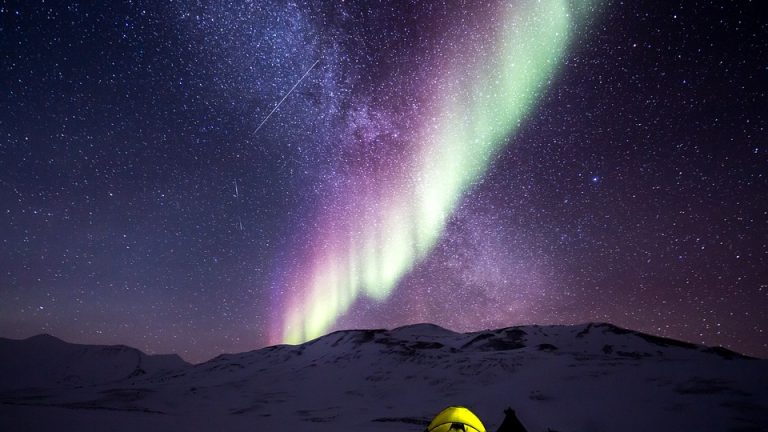Unlocking Brain Potential: The Science Behind Mental Ability
Thu, 20 Nov 2025

Follow the stories of academics and their research expeditions

James Webb space Telescope Unveils First Images: A New Era in space Exploration
After years of anticipation and rigorous testing, the James Webb space Telescope (JWST) has finally unveiled its first images, marking a new era in space exploration. Launched in December 2021, JWST is the successor to the Hubble space Telescope, and its groundbreaking capabilities have left scientists and astronomers around the world in awe.
On July 11, 2022, NASA revealed the first images captured by JWST, showcasing the telescope’s unparalleled resolution and sensitivity. The images, which include stunning views of the Carina Nebula, the Southern Ring Nebula, and the galaxy cluster SMACS 0723, demonstrate JWST’s ability to peer deeper into the universe than ever before.
The Carina Nebula, a massive star-forming region in the southern constellation Carina, is one of the most striking images released by JWST. The image reveals unprecedented details of the nebula’s swirling clouds of gas and dust, which are giving birth to new stars. The image is so sharp that it allows scientists to study the individual molecules and atoms within the nebula, providing valuable insights into the formation of stars and planetary systems.
The Southern Ring Nebula, a planetary nebula located approximately 2,500 light-years from Earth, is another highlight of JWST’s first images. The image shows the nebula’s delicate, lacy structure in exquisite detail, revealing the remnants of a star that has exploded and shed its outer layers. JWST’s infrared capabilities allow it to capture the nebula’s subtle color variations, which are not visible in visible light.
The galaxy cluster SMACS 0723, located about 4.6 billion light-years away, is the most distant object captured by JWST so far. The image shows the cluster’s numerous galaxies, some of which are merging with each other, while others are separated by vast distances. JWST’s incredible resolution allows scientists to study the galaxies’ properties, such as their sizes, shapes, and compositions, providing valuable insights into the formation and evolution of the universe.
The first images from JWST have generated significant excitement among scientists and the general public alike. "These images are a testament to the incredible capabilities of the James Webb space Telescope," said NASA Administrator Bill Nelson. "We are thrilled to see the first light from JWST and look forward to the many groundbreaking discoveries it will make in the years to come."
JWST’s primary mission is to study the formation of the first stars and galaxies in the universe, as well as the formation of planets and the origins of life. The telescope’s unique capabilities, including its 6.5-meter primary mirror and advanced infrared sensors, allow it to detect faint light from distant objects, which is often obscured by dust and gas in the universe.
The James Webb space Telescope is a collaborative effort between NASA, the European space Agency (ESA), and the Canadian space Agency (CSA). The telescope was built by Northrop Grumman, with significant contributions from NASA’s Goddard space Flight Center, the space Telescope Science Institute, and other institutions.
As JWST continues to capture stunning images and make groundbreaking discoveries, it is clear that this telescope marks a new era in space exploration. With its unparalleled capabilities and cutting-edge technology, JWST is poised to revolutionize our understanding of the universe and inspire future generations of scientists and explorers.
Thu, 20 Nov 2025

Thu, 20 Nov 2025

Leave a comment